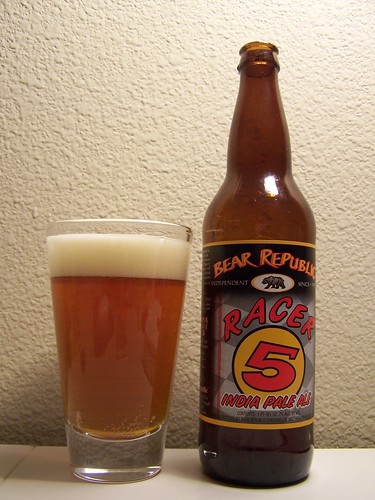Brewnanza (in case you missed our first entry) is an end-of-week office gathering intended to expand our collective knowledge and appreciation for craft beer – a market we’re eagerly looking to offer our services to. This time, we report on our experience with the Porter – the grandfather of the stout – and the Belgian Pale Ale.
The TriplePoint beer machine marches on – we’re neck-deep in research on the media landscape, and thus far we’ve established a network of hundreds of journalists who report on the business and pleasure of beer, from mainstream newspaper editors to beer bloggers and influencers. We’re reaching out to craft brewers to make sure we’re on track, and to find out what additional marketing muscles we might need to expand in order to offer top-notch marketing and PR services to beermakers. We look forward to touting a roster of craft breweries on our client list in the near future!
Be on the lookout soon for a dedicated blog (in the spirit of our casual/social gaming blog, Frisky Mongoose) about happenings in the craft beer world, with news from the craft beer industry, tasting reports, and more. Now, without further ado:
The Porter
One of the darkest quintessential beer styles, the Porter gets its name from its original imbibers – Central London transportation workers in the 1700s. Originally a blend of several different styles, the Porter might be considered the world’s first “engineered” beer – appropriate, since it fueled the workers who in turn drove the industrialization of England. Indeed, the Porter is considered the father of the Stout – stronger porters, originally called “Extra Porters,” “Double Porters” or “Stout Porters” evolved into their own category of Stouts.
Last Friday, we sampled two excellent and easy-to-find examples of the Porter – Anchor Porter from Anchor Brewing Company right here in San Francisco (one of the longest-operating craft breweries in the US), and The Famous Taddy Porter, from Samuel Smith Old Brewery in North Yorkshire, England.
The TriplePoint San Francisco team couldn’t agree on which offering was superior – there were a variety of opinions and musings about the look, taste, and other characteristics of both beers.
Intern and Beer Apprentice David Martinez would apparently drink Anchor Porter for breakfast if he could, giving it straight fives in every category and labeling it as “soooo smooth.”
Account Executive Ryan Morgan was met with a chorus of “ohhh, yeah, I can taste that too,” when he noted a pleasant hint of roasted coffee from each of the Porter contenders.
TriplePoint’s general manager (and effectively ultimate beer overlord) Rich Kain thought the Anchor offering improved over time, as it breathed and warmed up.
The Belgian Pale Ale (and bonus Saison)
No beer lover’s palate can be considered informed without sampling at least a few of the definitive beer styles from Belgium. A trip to Wikipedia’s Beer in Belgium article should be enough to convince you of the country’s love affair with yeast, malt and hops. Expect more focused samplings from Brewnanzas in the future – this time, we tried a couple of Belgian-style brews that can’t truly be compared apples-to-apples. We didn’t mind, so neither should you.
Just before the holidays, we tasted a couple of Belgian-style Pale Ales – a true Belgian Saison (or Farmhouse Ale) and a tasty American example of the Belgian Blonde style.
From just up the road in Santa Rosa, California, was Redemption – one of Russian River Brewing Co‘s wide range of Belgian-inspired ales. Bubbly and golden with an excessive white head, Redemtion greeted our noses with a fruity, citrus-laden scent. Its nose accurately indicates some of the flavor, which we agreed was sweet, with a slight bitter finish.
Redemption is a great beer with lots of complexity – but “complex” doesn’t come close to cutting it for our second sampling. From Brasserie Dupont in Belgium was Avec Les Bons Voeux, a spicy, complex Saison weighing in at 9.5% ABV. Account Supervisor Kate Pietrelli – our resident Belgian beer expert – alleges that Dupont boils this beer in centuries-old cast iron cauldrons, which over the years have accumulated the very essence of the complex blend of spices used in the Saison. And it shows – we noted strong appearances from coriander and other spices, giving this Belgian brew a unique, lingering flavor that evolves as it opens up.
We concluded that these were two different beers for two different seasons. Redemption is crisp and refreshing – great for a summer evening – while Avec Les Bons Voeux is far more complex, spicy and heavy – better for kicking back by the fire during the winter holidays.
Oddly, this assessment contradicts the history of Saisons, which were traditionally brewed in the winter for consumption in the summer. But tradition is for wine drinkers, so – bottoms up!








